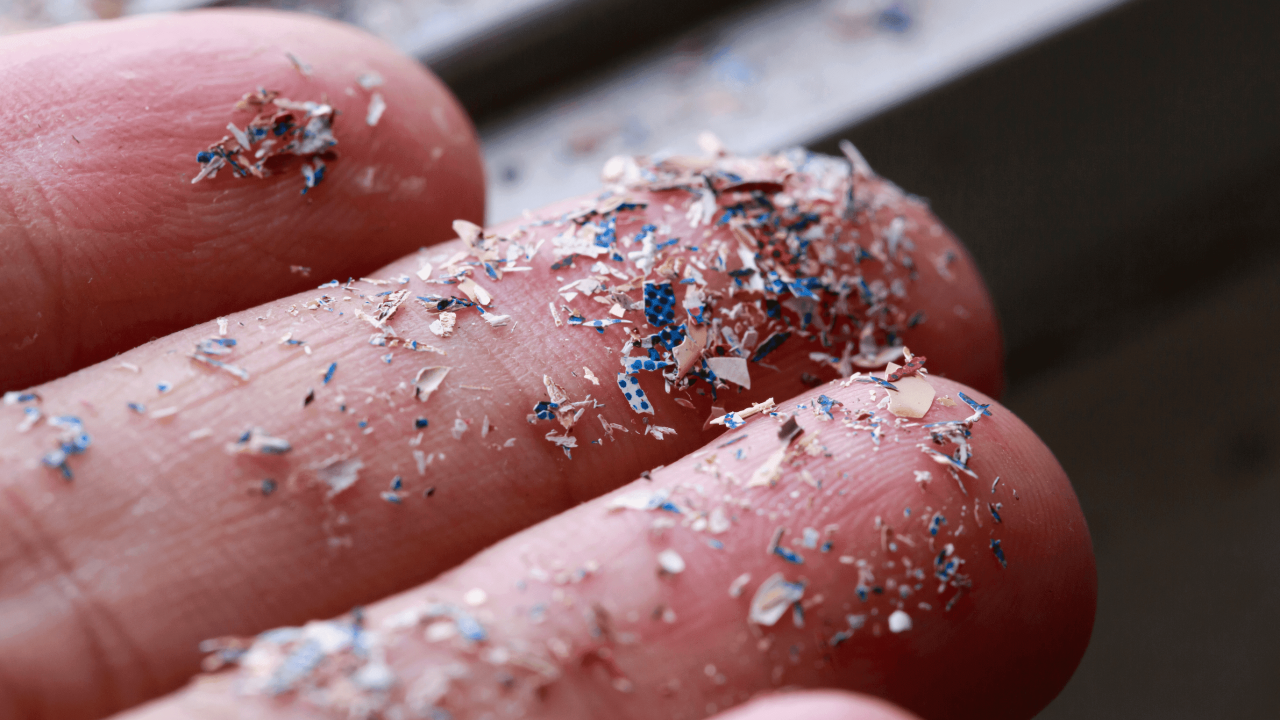
A recent study suggests the presence of microplastics may increase the risk of heart attack and other cardiovascular problems among people with heart disease. The tiny plastics were found to double the risk of stroke or heart attack.
Scientists are finding microplastics in almost every part of the body, including lungs and the stomach, prompting questions about how they may be harmful.
The study, published recently in the New England Journal of Medicine, found heart disease patients with microplastics in the blood vessels on either side of their neck, which deliver blood from the heart to the brain and head, were twice as likely to suffer a heart attack or stroke. These patients were also more likely to die over the next three years than people who had no microplastics in their carotid arteries.
Microplastics have been found all over the world, from Antarctica to the bottom of the Atlantic ocean, and even in clouds.
Depending on the source of the plastic, microplastics can be contaminated with toxic chemical additives during the manufacturing process. If a chemical additive hitches a ride on a microplastic particle and enters the body, it can leach out into the body and harm the hormone and reproductive systems. Similarly, pollutants or microorganisms can also jump on microplastic particles and pose health risks to humans.
Scientists have researched the impact of microplastics on animals. Studies on mice showed exposure to microplastics can disrupt the gut biome, lower sperm quality and testosterone, and impair learning and memory.
Research on these potentially problematic plastics continues. For now, it’s important to understand them and how changes to your daily routine may reduce your exposure – and health risk.
What are microplastics?
Plastic doesn’t decompose in the way food and paper do. Instead, it breaks down into tinier and tinier pieces. When these pieces shrink below five millimeters in size – about the width of a small paperclip – they become what’s known as microplastic.
Microplastics smaller than a micrometer are called nanoplastics, small enough to breach cell barriers.
As plastic is one of the most widely used materials in the world, microplastics have found their way into nearly everything, including animal products, water and even air.
Because of microplastics’ size, you may not be able to avoid exposure completely. But there are ways to reduce how many microplastics get into your body.
Tips to reduce exposure
- Dust and vacuum regularly. Removing excess dust from your house can help cut down on the amount of microplastic fibers in the dust you could be breathing or otherwise consuming.
- Avoid drinking from disposable plastic water bottles. If you have no choice, try to keep them out of the sun, in a cool, dry environment. Disposable plastic water bottles degrade very easily in response to temperature change or friction.
- Filter your water. Due to widespread use and pollution of plastic, water can sometimes contain microplastic particles. Home water filters can be effective at reducing many contaminants, including microplastics.
- Avoid plastic cutting boards. There are plenty of alternatives to use, like wood, glass and steel.
- Microwave your food in glass containers, rather than plastic or takeaway containers, which can release millions of microplastic particles into your food.
###



